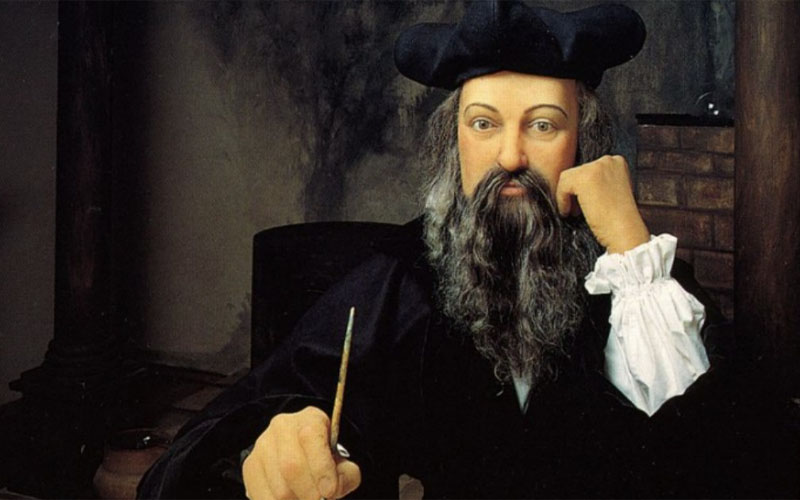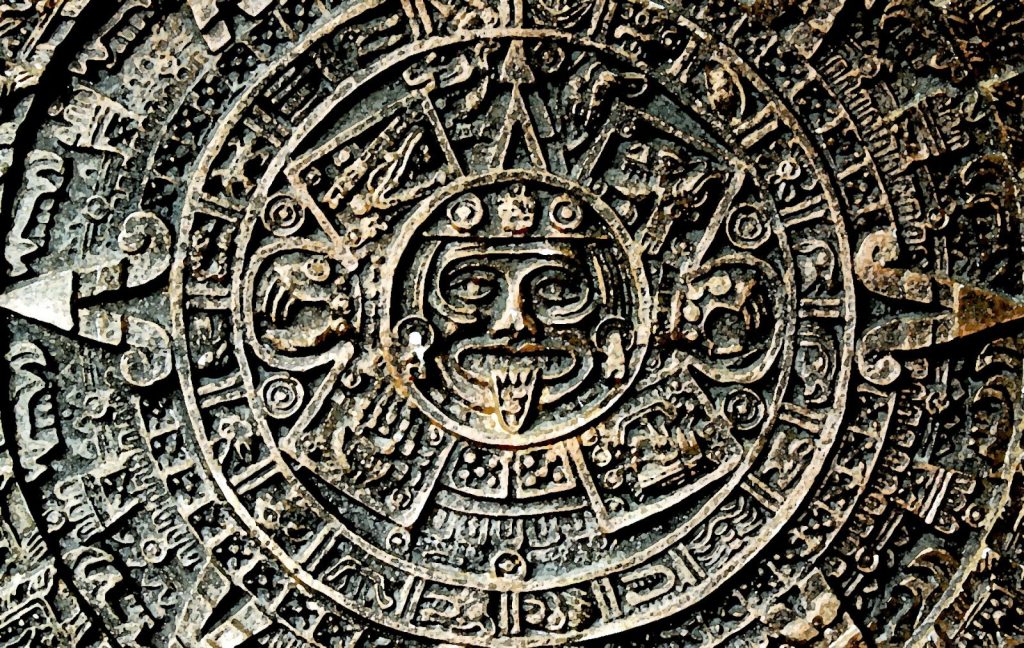Les Prophéties was published in 1555, a collection of 942 poetic quatrains predicting events in the future. The author was Michel de Nostredame, the French astrologer, physician and seer of the future best remembered by the Latinized form of his name, Nostradamus.

The seer once prophesied the end of the world in typically cryptic form. Or at least the following is attributed to Nostradamus:
“From the calm morning, the end will come
When of the dancing horse
The number of circles will be 9.”
But, what does that even mean?
That’s where the fun starts.
An emperor of the Ming dynasty of 1368 – 1644 China once referred to the Korean peninsula as, the ‘Land of the Morning Calm’. By late 2012 one particular YouTube video was closing in on a billion views. Nine zeros. A video featuring the Korean rapper Park Jae-sang better known as Psy and his peculiar “horsey” style of dance.
That’s right. The world ended in Gangnam Style. Don’t yell at me folks. I don’t make this stuff up.
Gangnam Style’s official video hit a billion views on December 21, 2012. The Korean rapper has since become the “King of YouTube” with over 4 billion views but that world coming to an end part? Not so much.
Psy’s video was one of the sillier bits of pop culture from that year but it wasn’t the only time the world came to an end, in 2012. It wasn’t even the only time…that day.

The world also came to an end on 12/21/12, according to the Mayan calendar. Remember that? It was another piece of pop culture silliness, the end of the world part, but not the calendar. The calendar itself is a very sophisticated mathematical construct.
According to linguist, anthropologist and Mayanist scholar Floyd Glenn Lounsbury and his “Lounsbury Correlation”, the Mayan Calendar dates some 5,136 years back to August 13, 3114 BC. It’s a little tough to nail down a particular day when you’re looking that far back but this one will do, as well as any.
The ancient Mayans were the first to recognize the concept of zero, and worked extensively in a base 20 number system. They were skilled mathematicians and it shows, in their calendar.

The Mayans used three separate calendars, each period represented by its own glyph.
The Long Count was mainly used for historical purposes, able to specify any date within a 2,880,000 day cycle, about 7,885 solar years.
The Haab was a civil calendar consisting of 18 months of 20 days, and one 5-day Uayeb, a nameless period rounding out the 365-day year.
The Tzolkin was the “divine” calendar, used mainly for ceremonial and religious purposes. Consisting of 20 periods of 13 days, the Tzolkin goes through a complete cycle every 260 days. The significance of this cycle is uncertain, though it may be connected with the 263-day orbit of Venus. There is no year in the Haab or Tzolkin calendars, though a Haab and Tzolkin date may be combined to specify one particular day within a 52-year cycle.

As for the end of the world part, National Geographic explains that 12/21/12 brings to a close not the end of time, but the end of the 12th Bak’tun, an almost 400-year period in the Mayan Long Count calendar. The world doesn’t end, according to this explanation, it “rolls over” to the year zero and starts over. Just like the old cars used to do, when the odometer reached 100,000 miles.
It doesn’t really roll over to “zero”, either. The base 20 numerical system means that 12/22/12 begins the next 400 year (actually 394.3 years) period to begin the 13th Bak’tun. It will reset to zero at the end of the 20th Bak’tun, about 3,000 years from now. Let me know how that turns out, would you?

The Mayan calendar system became extinct in most areas after the Spanish conquests of the 16th century, though it continues in use in many modern communities in highland Guatemala and in Veracruz, Oaxaca and Chiapas, Mexico.
The table of Long Count units below illustrates the Mayan units of measurement. A day is a K’in, there are 20 K’ins in a Winal, and so on.
December 21,2012 then, the day it all came to an end according to the Mayan calendar, was Long Count Date 13.0.0.0.0, 13 baktun, 0 katun, 0 tun, 0 uinal,
0 k’in, Tzolk’in Date: 4 Ajaw, Haab Date: 3 K’ank’in, Lord of the Night: G9.

Get it? Neither do I.



You must be logged in to post a comment.